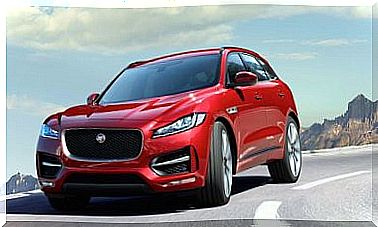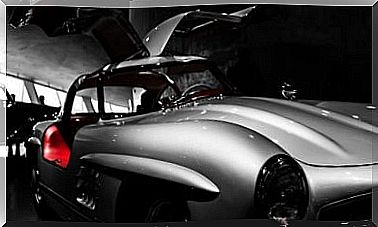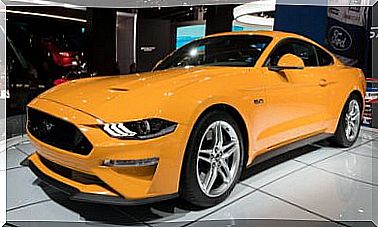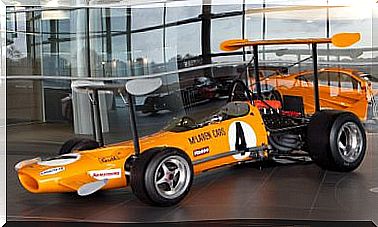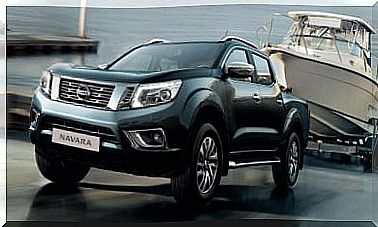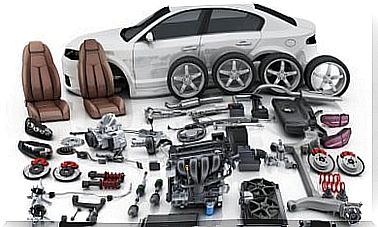Hyundai I20, Boasts Compact Airs
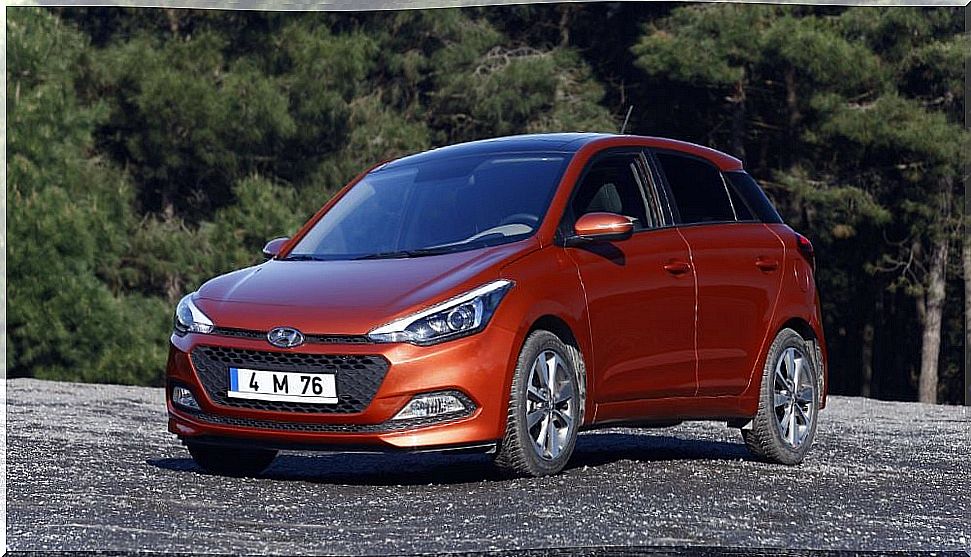
In 2014, the Korean brand renews its utility. The Hyundai i20 replaces the previous generation, launched in 2009 and retouched in 2012. The quality jump that this utility has experienced is very large, going from being a model inferior to most of its rivals to becoming a benchmark in many aspects.
Without a doubt, the last generation that Hyundai has carried out in all its models has produced a great revolution at the brand level. Now he can look his rivals in the eye.
Design
Aesthetically, the jump has been enormous. It has gone from being a car that still reminiscent of the previous Hyundai Getz, to sporting a sporty and elegant look. At 4.03 meters, it rivals such models as the Seat Ibiza, Ford Fiesta or Volkswagen Polo.
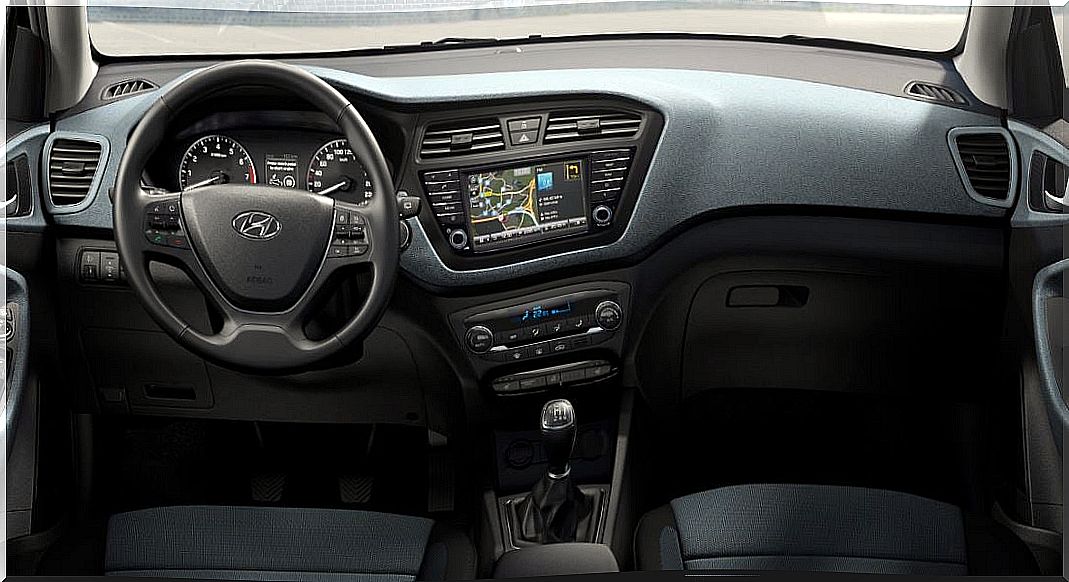
At the front, as with all the brand’s new models, sharp optics stand out, with a large-format grille. The most striking thing is the daytime running lights, which occupy the entire upper part of the headlights and are frankly beautiful.
At the rear, the Korean brand opted to use elongated horizontal pilots, much more slender, which give the whole a more sense of width. Another change is to include something very fashionable, a floating roof, which is nothing more than painting the C-pillar shiny black; with this it seems that the rear windows are connected to the rear window.
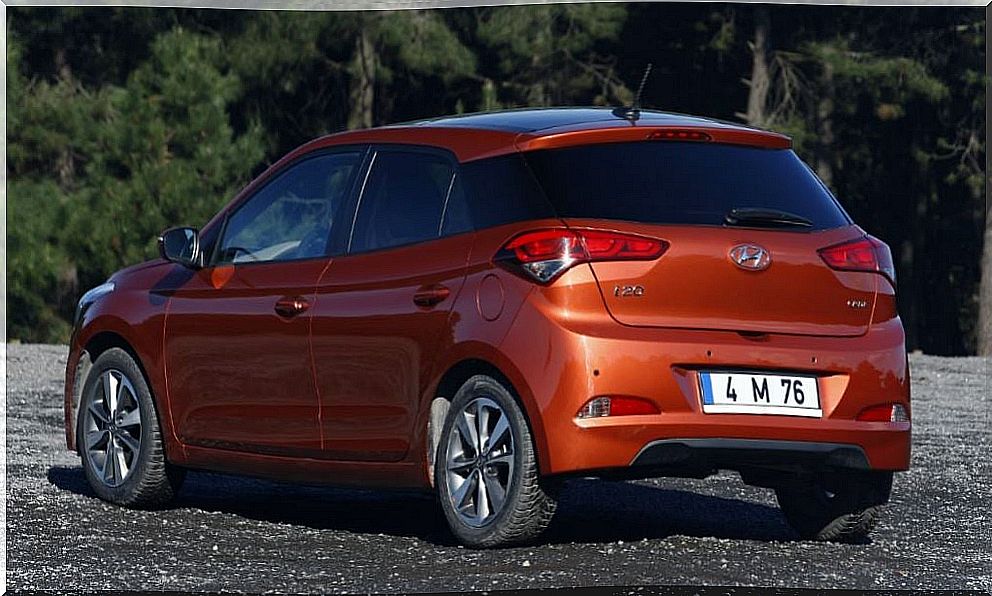
Inside
Without a doubt, this is one of the sections where this Hyundai i20 can get the most out of it. Let’s analyze by parts:
- Front seats : here, the available space hardly varies compared to the previous generation, something that is not a problem, since the previous i20 already enjoyed a very spacious interior. On the dashboard, functionality and robustness prevail over aesthetics. It doesn’t feel old-fashioned, but it differs from the current trend of including all the controls on one large screen. The i20 will lose fans looking for the latest technology. At the top of the dashboard you can bring a support to place the phone.
- Rear seats : in this row of seats, two adults will travel very easily. Legroom is very good, much better than in a Ford Fiesta or Renault Clio. In shoulder width, although it is one of the best in the category, it cannot comfortably accommodate three adults. It does not have air vents in these seats, which is common, but it does have Isofix anchors in the two exteriors and TopTheter.
- Trunk :
Dynamic
The Hyundai i20 has proper poise on fast roads. The level of aerodynamic noise, rolling and the sound of the engine are very well isolated while underway. The suspension is very comfortable, at the level of a Renault Clio.
On slow roads, with sharp curves, the little Korean defends itself without problems in normal driving. When we raise the pace, a slight understeer hinders the trajectory a bit, but nothing uncomfortable or worrisome. In this showcase there are competitors who defend themselves better: Ford Fiesta or Peugeot 208, for example.
It is an advisable vehicle to face long trips without problem, with a level of comfort and safety closer to a compact than to an urban vehicle.
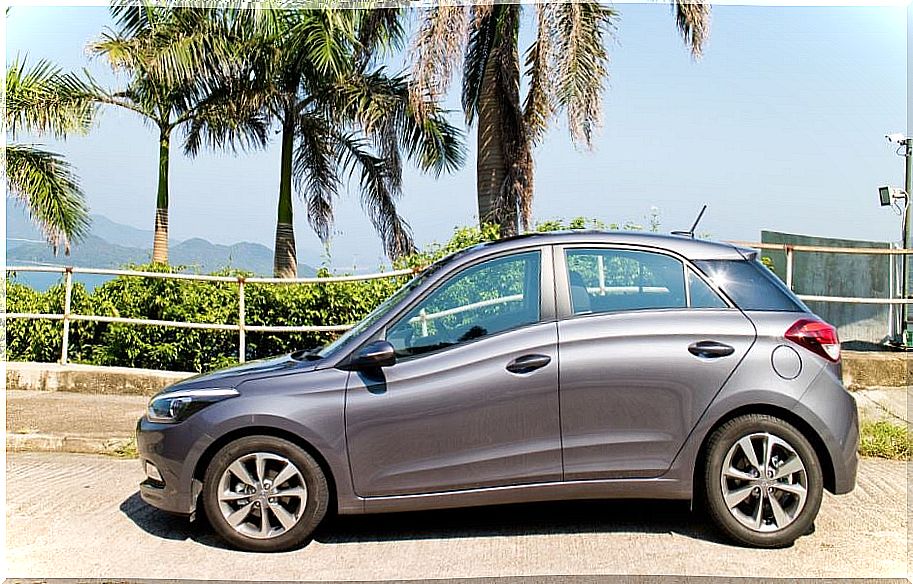
Motor
Hyundai offers us a wide variety of mechanics, with well-staggered powers. Let’s see it in parts:
- Gasoline : the most basic access engine is a 1.2-liter naturally aspirated engine with 85 HP of power, with features that limit it quite a bit to the city and its surroundings. Above we have a 1.4-liter 100 hp, although higher, with a performance at low revs also very poor. The most advisable are the modern one-liter turbocharged, available in 100 and 120 hp. This last block guarantees performance at the level of the car’s possibilities. We can configure all of them with both the coupe and the five-door version.
- Diesel : you have two options to choose from. The least performance mounts a 1.1-liter with 75 HP of power, with very poor performance (it takes 16 seconds to go from 0 to 100 km / h). The second option mounts a 1.4-liter that yields 90 hp. The performance is quite poor for the power and weight of the vehicle, taking 12.1 seconds to go from 0 to 100 km / h. Consumption remains average, with 4.1 liters per 100 km.
The turbocharged gasoline engine version is the one that best fits with this utility, making the i20 a delight in terms of vibrations, soundproofing and acceleration capacity.
Prices
It starts at € 14,750 with the 85 hp 1.2 petrol engine and Essence basic finish and goes up to € 22,565 for the i20 equipped with the 1.4 CRDi engine with 90CV and Active Style top-of-the-range finish.
They are prices very similar to those of their rivals, with a wide enough range to satisfy most of the clientele.
conclusion
If you are looking for a stable, comfortable and practical vehicle, this Hyundai i20 can be a great choice. If you are one of those who is looking for a plus of agility on a mountain road, models like the Ford Fiesta will make you smile more. The Korean brand brings more than convincing arguments to face the Top Sellers of the segment. Will it succeed?

